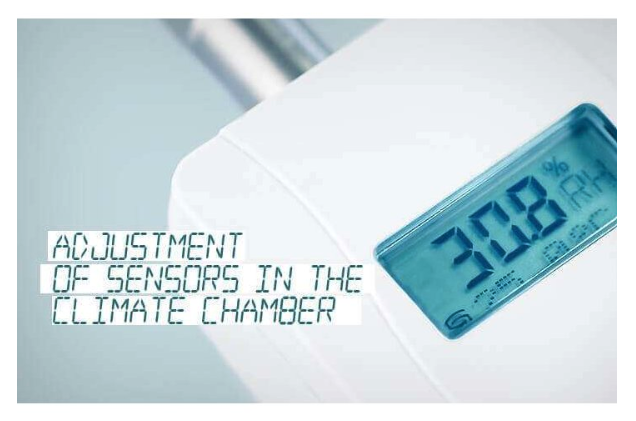Precise Controlled Atmosphere

For many years, the innovative company S+S Regeltechnik from Nuremberg has been one of the German manufacturers setting the pace in the development of sensor technology.
Energy efficiency and comfort in buildings largely depend on the technology with which temperature, air quality, humidity, or luminosity can be measured accurately and adjusted automatically. Modern building technology controls temperature with precision down to tenths of a degree, and humidity sensors measure with an accuracy of less than ± 2% relative humidity (rh). To maintain this accuracy over many years, all sensors from the Nuremberg company S+S Regeltechnik are microprocessor-controlled and have a multifunctional design. All measuring transducers can be specifically adjusted for the customer and calibrated or manually adjusted at the subsequent operating location.
High Requirements for Homogeneity and Temperature Stability
Naturally, S+S Regeltechnik sensors are finely tuned before shipment. During the adjustment, the sensitive devices are subjected to a defined and constant environment for several hours. In this process, the internal specifications for adjusting temperature and humidity sensors truly represent a challenge for the Memmert constant climate chamber in terms of homogeneity and temperature stability: the temperature variation over time and throughout the chamber must not exceed ± 0.2 K, and humidity fluctuation over time can be a maximum of 1%.
The Constant Climate Chamber Saves Space and Energy
The primary working points for adjusting the sensors are at 25 °C and 50% rh. Additionally, various tests in different combinations of temperature and humidity between 15 and 40 °C and 30 and 70% rh are common. The comparison of measurement parameters is made using calibrated external reference equipment. Besides its exceptional values in temperature variation over time and throughout the interior, the Memmert HPP constant climate chamber additionally convinces CEO Tino Schulze and his team by taking up little space and operating energetically efficiently, despite having such a large interior.
AtmoSAFE thanks S+S Regeltechnik, and in particular Mr. Schulze, for the friendly support in drafting this article.